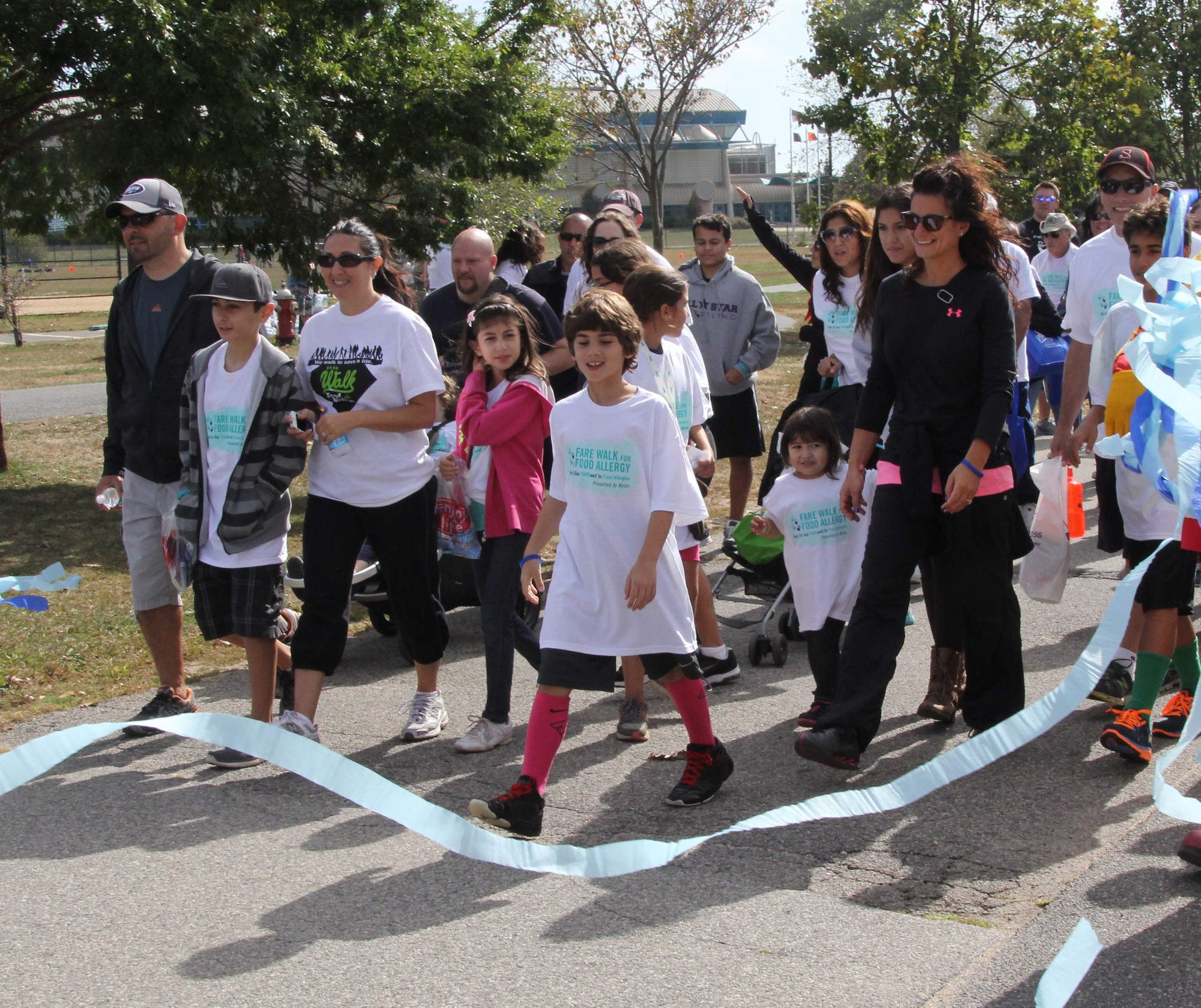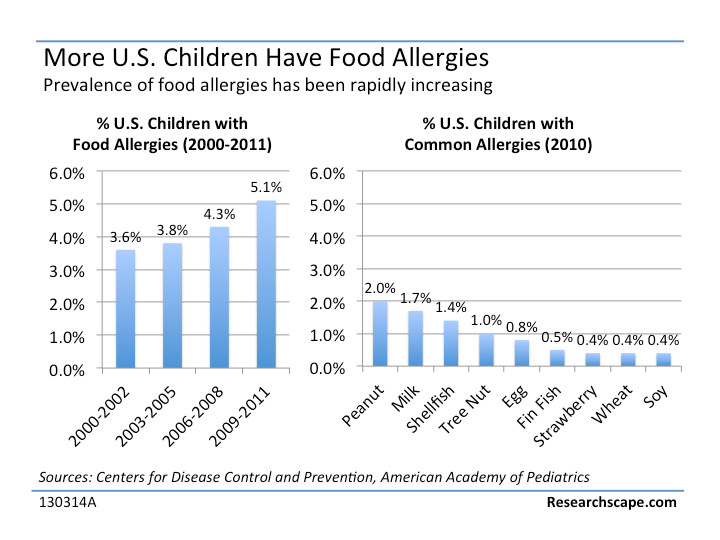What causes food allergies?
Doctors see ‘significant increase’ in cases
Third in a series.
The number of people with potentially deadly food allergies in the U.S. has risen steadily in recent years, and according to Food Allergy Research & Education, as many as 15 million people now have such allergies. But one thing remains unclear: why?
There are several theories on why the number of food allergy cases is rising, but no clear-cut explanation. FARE CEO John Lehr said that despite ongoing research, “…we don’t actually know why there’s an increase.”
Dr. Lisa Roth, an allergist based in Lynbrook, said that over the last five to seven years, she has seen a significant increase in food allergy patients.
According to a Centers for Disease Control and Prevention study released this year, the number of food allergies increased approximately 50 percent between 1997 and 2011. One in every 13 children under 18 now has a potentially deadly allergy.
Lehr and Roth support a theory, known as the hygiene hypothesis, that people’s immune systems are being negatively impacted by excessive cleanliness. “In the developed world, we’re almost too clean,” Lehr said. “Our immune systems are maybe being downgraded, and that makes [them] more vulnerable to things like food, which should be harmless but are now viewed as a potential threat.”
Roth said that while hygiene is important in preventing other diseases, our bodies need a certain level of microbes and bacteria in order for our immune systems to develop normally. “We need balance,” she said. “If something isn’t quite right, there becomes an imbalance.”
A reaction can come at any time
A food-allergic body, Roth explained, misreads a food, normally a nourishing source of energy, as something harmful and reacts negatively. In the U.S., a reaction to a food allergy sends someone to an emergency room every three minutes, according to FARE, and every six minutes that reaction is anaphylaxis — a severe, potentially fatal condition.









